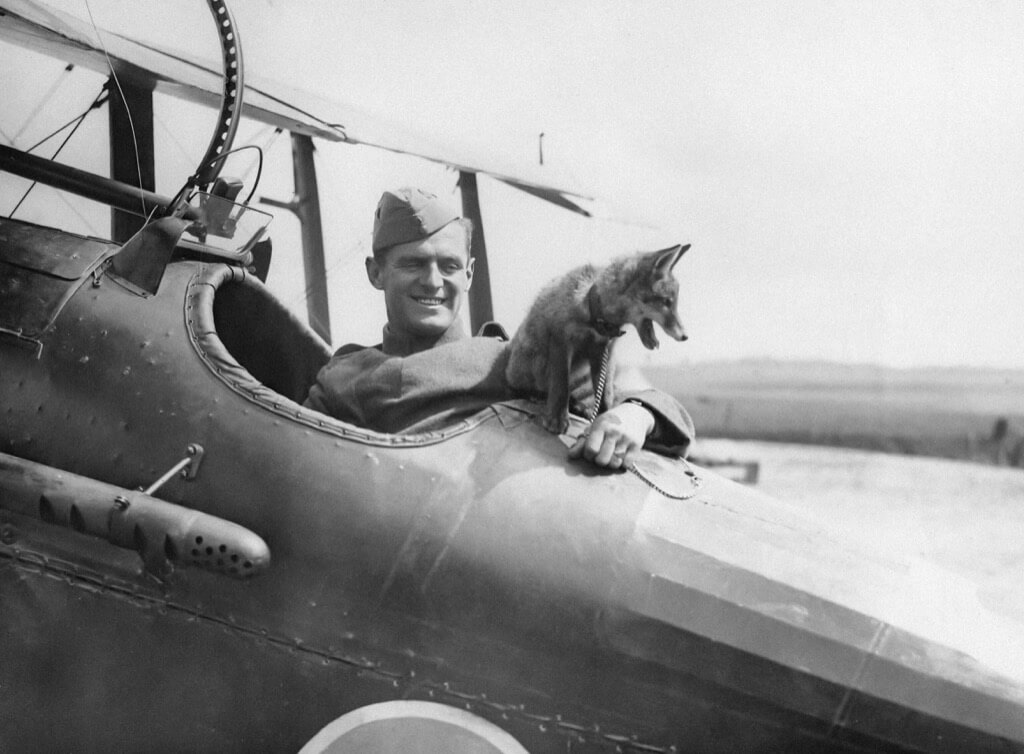The history of aviation is filled with groundbreaking moments, but it’s also marked by its share of tragedies. One such somber milestone is the first fatality in an airplane crash, an event intertwined with the pioneering efforts of the Wright brothers. While the Wrights are celebrated for their first successful flights in 1903, their journey was not without its dangers and setbacks.
The Wright brothers, Orville and Wilbur, are renowned for their contributions to aviation. Their initial attempts at powered flight in December 1903 marked the beginning of a new era. These early flights, while groundbreaking, were fraught with challenges. The first flight on December 14, 1903, saw Wilbur stalling the plane after a brief ascent. The subsequent attempts, including Orville’s flight on December 17, which lasted 12 seconds and covered 120 feet, demonstrated their relentless pursuit despite the risks.
The Wright brothers’ continuous efforts led to the creation of the Flyer II and Flyer III, each an improvement over its predecessor. The Flyer II, with a more powerful motor and different wood construction, achieved flights of up to five minutes, showcasing the brothers’ innovative control system. The Flyer III further advanced their achievements, with Wilbur flying for 39 minutes over 24 miles in 1905. These developments were significant, but they also highlighted the inherent risks in early aviation.
September 17, 1908, marked a tragic day in the history of aviation. Orville Wright, demonstrating the Wright Flyer at Fort Myer, Virginia, for potential military buyers, took Lieutenant Thomas Selfridge as a passenger. A crowd of approximately 2,000 people gathered to witness this flight, a testament to the growing interest in aviation technology. This demonstration flight, however, turned disastrous.
Orville Wright’s flight with Lieutenant Selfridge initially proceeded without incident. However, during a slow turn on the fourth lap, a propeller failure occurred. Orville attempted to control the aircraft, but the broken propeller had already caused critical damage, including to the vertical rudder’s bracing wire. This damage resulted in a catastrophic nose dive. Despite Orville’s efforts to regain control, the plane crashed, throwing both passengers forward into the wreckage.
Lieutenant Thomas Selfridge, a 26-year-old U.S. Army officer, suffered a severe head injury in the crash, making him the first person to die in an airplane accident. This tragic incident underscored the dangers of early flight and marked a turning point in aviation safety considerations.
Orville Wright, though severely injured, survived the crash. His account of the incident provides a harrowing insight into the risks faced by early aviators. This event not only highlighted the bravery of these pioneers but also the fragility of early aviation technology.
The death of Lieutenant Selfridge serves as a stark reminder of the risks inherent in the early days of aviation. It also underscores the courage and determination of pioneers like the Wright brothers, who continued to push the boundaries of technology despite such tragedies. The lessons learned from this incident contributed to advancements in flight safety, making aviation the reliable mode of transportation it is today.
Lessons Learned from Aviation’s Early Tragedy
The unfortunate death of Lieutenant Thomas Selfridge in the first airplane crash had a profound impact on the future of commercial aviation. For you, as a passenger or aviation enthusiast, it’s helpful to recognize how this event fundamentally shifted the industry’s focus towards safety. The crash underscored the critical need for rigorous testing and improvement of aircraft design. This tragedy served as a stark reminder that with the marvels of air travel come responsibilities and risks, leading to enhanced safety protocols that you benefit from today.
Innovations in Aircraft Safety and Design
Following the early setbacks in aviation, including the first fatal crash, manufacturers and engineers were compelled to prioritize safety in aircraft design. This has led to innovations that directly affect your travel experience. For instance, advancements in materials used in aircraft construction, improvements in engine reliability, and the development of fail-safe systems all stem from lessons learned from early accidents. These innovations have made modern aircraft incredibly safe, ensuring that your likelihood of encountering a serious incident is exceedingly low.
Impact on Pilot Training and Certification
The first airplane crash also highlighted the importance of skilled piloting. As a result, the standards for pilot training and certification became more stringent. Today, when you board a flight, you can be assured that the pilots have undergone rigorous training, including handling emergency situations. This ensures that in the unlikely event of an emergency, your pilots are well-equipped to manage the situation effectively.
Development of Air Traffic Control and Safety Regulations
This tragic event played a role in the development of air traffic control systems and the establishment of comprehensive safety regulations. These systems, which you rarely see but always benefit from, are crucial in managing the safe movement of aircraft in the sky and on the ground. The rules and regulations governing aviation safety, many of which were developed in response to early accidents, are continuously updated to reflect new learnings and technologies, further enhancing your safety while flying.
Enhancing Passenger Awareness and Preparedness
The legacy of the first airplane crash extends to how passengers, like you, perceive and prepare for air travel. It underscores the importance of being aware of safety procedures and understanding the safety features of aircraft. As a passenger, your awareness and compliance with safety instructions contribute to the overall safety of every flight. This heightened awareness and preparedness can make a significant difference in ensuring a safe and comfortable journey for you and your fellow travelers.
The first fatality in an airplane crash, while a tragic event, has been instrumental in shaping a safer future for commercial aviation. As a result of this and subsequent incidents, every aspect of your flight—from the aircraft’s design to the training of the crew and the regulations governing air travel—has been influenced and improved. This legacy is a testament to the aviation industry’s commitment to learning from its past to ensure a safer future for travelers like you.

